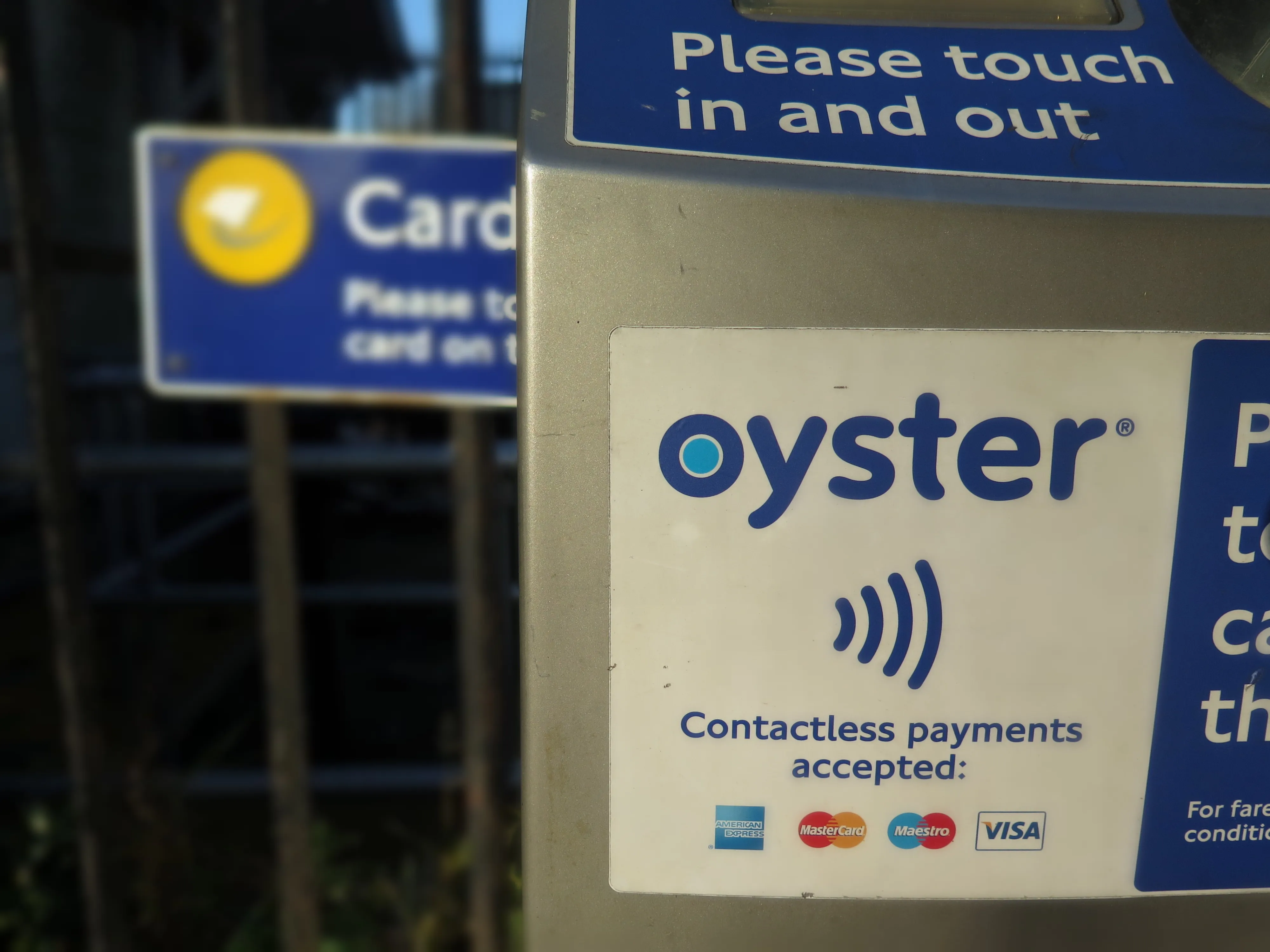
US cities lag behind Europe regarding the implementation of smart cities. Culturally, between America’s complicated procurement system, and lack of experience with public private partnerships (P3), cities have not had the right structure to implement all of the technologies the world has to offer.
Now, more than ever, in the age of the Covid-19 outbreak, America must consider new technologies and the implementation of Mobility as a Service (MaaS) in the form of smart cities to maintain social hygiene and distancing, create new jobs and ensure the economic vitality of our transportation network during times of health crisis.
For example, tolling booths across the US, particularly in Maryland, Virginia, Florida, Ohio, and New Hampshire have been shut down recently because operators cannot sit in a booth spreading the virus.
As a result, and like it happens when concessionaires move into all-electronic tolling without considering a cash option, states will miss out a relevant part on much needed infrastructure funding.
Other scenarios can be explored, for example the adoption of A-to-Be automatic toll payment machines could slide right into existing toll booths, collecting all forms of payment, including contactless credit and debit cards, smartphones and smartwatches - and protecting employees from being exposed to harm.
More money required
America does not invest enough in smart cities. For example, in 2017, the US made a push toward smart cities with a $160m commitment from President Barack Obama to invest in cities nationwide implementing these new technologies.
In contrast, Europe has put more than $18 billion toward smart cities since 2014. The result is longstanding efforts of smart cities in Europe led by London, Lisbon, Paris, Amsterdam and Copenhagen.
Through ecosystems like the Portuguese one, enabled by Via Verde, for example, citizens can streamline payment systems, carrying one form of payment to park, pay tolls, use drive-through operations, ride buses and even discover carpool networks.
Although many countries of Europe were already suffering from financial crisis prior to Covid-19, the continent has weathered many economic crises since World War II, setting up a culture that is more compatible with P3.
Whether it is internet-connected home devices, or broad city upgrades, Europe has proven time after time that it will invest in new technologies and find ways to empower businesses to partner with nation states for the benefit of all.
Moreover, Europe, which experienced the industrial revolution before the US, had to move faster to clean up its environment after years of wear and tear, and has linked smart cities to renewable energy and sustainability, which is still a hot button political issue in the US - exemplified recently by deep political in-fighting created by government bailout package proposals.
The US has been slow to adapt to smart cities for many reasons, and the concept of smart mobility is no exception.
Many cities have taken up pilot programmes, a fad in the 2000s, without accurate planning or ongoing phases that would ensure permanent developments.
US cities are typically looking for a proof-of-concept trial before signing contracts and making anything permanent. However, firms investing in bringing MaaS to smart cities are often left in limbo with no way to reap the financial results of what they sow.
'Pilot purgatory' is a commonplace situation that most pilot providers find themselves facing.
Lack of consolidation
US cities are locked into data silos, as governments are not yet sharing information among each other or with state governments. This is related to US procurement activities, which are not consolidated within states or even cities at times.
City planning frequently does not include data-agnostic measures, locking cities against each other in terms of data sharing. Moreover, data breach concerns are a major hurdle for cities that are already struggling with limited resources to manage citizen data securely.
Finally, there is a huge shortage of quality workers at the city level related to data science and back-end technology skills. Because city governments are known for paying lower salaries, the most talented developers are working at big tech firms in major cities, to pay expensive rents and advance salary potentials.
There are not yet great incentives for data experts who could drive smart cities to work at the local level rather than in the private sector.
Aside from creating smarter, cleaner, more efficient ways to travel, smart cities in the US could create a positive impact on the economy very quickly.
By 2040, the majority of the world’s population will be working in cities. By 2025, cities that deploy smart mobility could cut commuting times by 20% on average, and the development of the smart city spending market worldwide is valued at potentially $2.5 trillion by 2025.
Finally, if the US were to implement smart parking solutions today, cities could generate a 30% increase in revenue through parking alone, according to the US Department of Transportation.
The US should participate in this emerging market, creating jobs and propelling better lifestyles for everyday citizens.
ABOUT THE AUTHOR:
Jason Wall is CEO of A-to-Be USA










